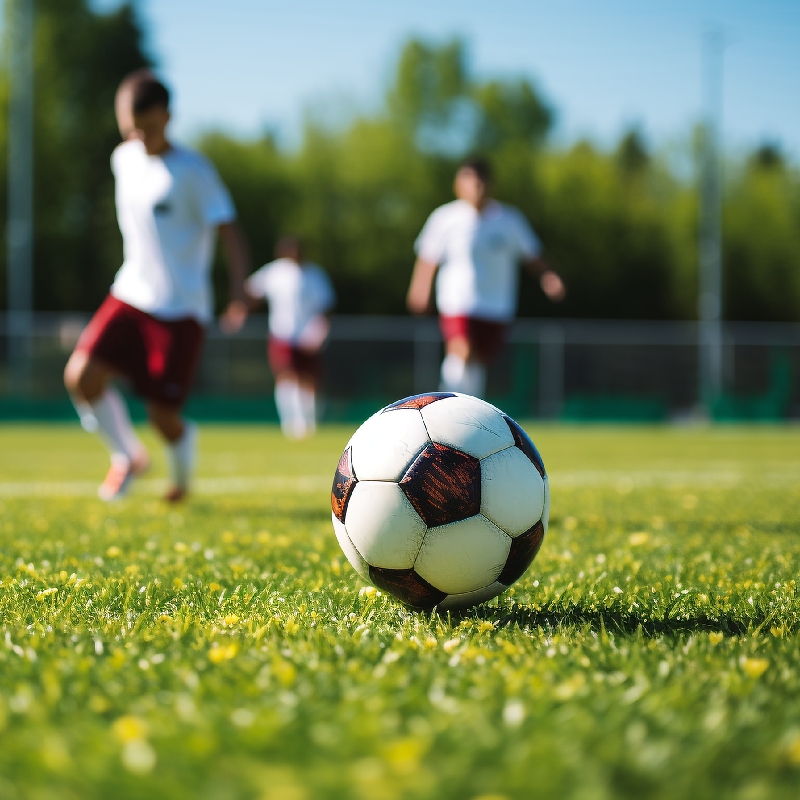
- Afrikaans
- Arabic
- Belarusian
- Bengali
- Czech
- Danish
- Dutch
- English
- Esperanto
- Estonian
- Finnish
- French
- German
- Greek
- Hindi
- Hungarian
- Icelandic
- Indonesian
- irish
- Italian
- Japanese
- kazakh
- Rwandese
- Korean
- Kyrgyz
- Lao
- Latin
- Latvian
- Malay
- Mongolian
- Myanmar
- Norwegian
- Persian
- Polish
- Portuguese
- Romanian
- Russian
- Serbian
- Spanish
- Swedish
- Tagalog
- Tajik
- Thai
- Turkish
- Turkmen
- Ukrainian
- Urdu
- Uighur
- Uzbek
- Vietnamese
putting down artificial grass
Sep . 26, 2024 03:09 Back to list
Putting Down Artificial Grass A Comprehensive Guide
In recent years, artificial grass—also known as synthetic turf—has become an increasingly popular choice for homeowners and businesses alike. Its appeal lies in its low maintenance, durability, and aesthetic qualities, making it an attractive alternative to natural grass. While the environmental impact of synthetic alternatives is a frequently debated topic, as well as their cost over time, the benefits of artificial grass can be compelling. In this article, we’ll explore the essential steps for putting down artificial grass and delve into its advantages and considerations.
Benefits of Artificial Grass
Before we get into the installation process, let’s briefly discuss why one might choose artificial grass over a traditional lawn.
1. Low Maintenance Artificial grass eliminates the need for mowing, watering, and fertilizing. This not only saves time but also reduces ongoing costs associated with lawn care. 2. Aesthetics Synthetic turf remains lush and green year-round. It won’t suffer from the bald patches or discoloration often seen in traditional lawns, providing a consistently appealing landscape.
3. Durability Designed to withstand heavy foot traffic and various weather conditions, artificial grass holds up well in high-use areas, making it ideal for playgrounds, sports fields, and commercial spaces.
4. Water Conservation With global water shortages becoming an increasing concern, synthetic grass reduces the amount of water needed for lawn upkeep, providing an environmentally friendly solution.
5. Pest Control Artificial grass is not a natural habitat for pests like insects and rodents, lessening the need for pesticides and other harmful chemicals.
Installation Process
Installing artificial grass involves several key steps, which can be summarized below
Begin by measuring the area where you want to install the artificial grass. Make sure to account for any existing landscaping features, pathways, or obstacles that might affect the layout. Also, consider the type of artificial grass best suited for your needs (e.g., height, texture, color).
2. Gathering Materials
putting down artificial grass

You will need various materials for installation, including
- Artificial grass rolls - Landscape fabric (to prevent weed growth) - Crushed stone or decomposed granite (for proper drainage) - Adhesive or seaming tape - Edging materials (to keep the grass in place) - A utility knife (for cutting the grass) - A level and compactor (to prepare the base)
3. Preparing the Base
Start by removing any existing grass, weeds, and debris from the area. Once clear, excavate the soil to a depth of approximately 3 to 4 inches. This will allow for an adequate base for the drainage material. After excavation, compact the soil to create a firm foundation.
Next, add a layer of crushed stone or decomposed granite, spreading it evenly across the area to a depth of 2-3 inches. This layer is crucial for effective drainage. Use a level to ensure the surface is even and compact it using a compactor.
4. Lay the Landscape Fabric
To prevent weed growth, lay landscape fabric over the compacted base. This step helps manage drainage and minimizes maintenance.
5. Installing the Artificial Grass
Roll out the artificial grass over the prepared base, ensuring that the fibers are facing in the desired direction. Trim the edges with a utility knife to fit the area accurately. If you have multiple sections, use seaming tape and adhesive to join the pieces securely.
6. Securing and Finishing Touches
Secure the grass along the edges with landscaping stakes or adhesive. Finally, you can add infill material, such as silica sand or rubber granules, which helps to keep the grass blades upright and provides cushioning.
Conclusion
Putting down artificial grass can significantly enhance your outdoor space while reducing maintenance efforts and environmental impact. While the initial installation may require time and investment, the long-term benefits often outweigh these initial costs. With careful planning, the right materials, and proper installation techniques, you can enjoy a beautiful, green landscape year-round, creating a space for relaxation and recreation. As the popularity of synthetic turf continues to grow, it's essential to weigh your options carefully and choose wisely for your specific needs. Happy landscaping!
-
The Benefits of Artificial Turf for Indoors
NewsJul.15,2025
-
How Artificial Grass Suppliers Ensure Quality Products
NewsJul.15,2025
-
Artificial Grass and Pets: A Space for Relaxation
NewsJul.08,2025
-
Balcony & Outdoor Decoration with Artificial Grass
NewsJul.08,2025
-
Best Indoor Artificial Grass for Home
NewsJul.07,2025
-
Best Pet Turf for Dogs: Safe & Durable Artificial Grass Options
NewsJul.07,2025
Products categories









